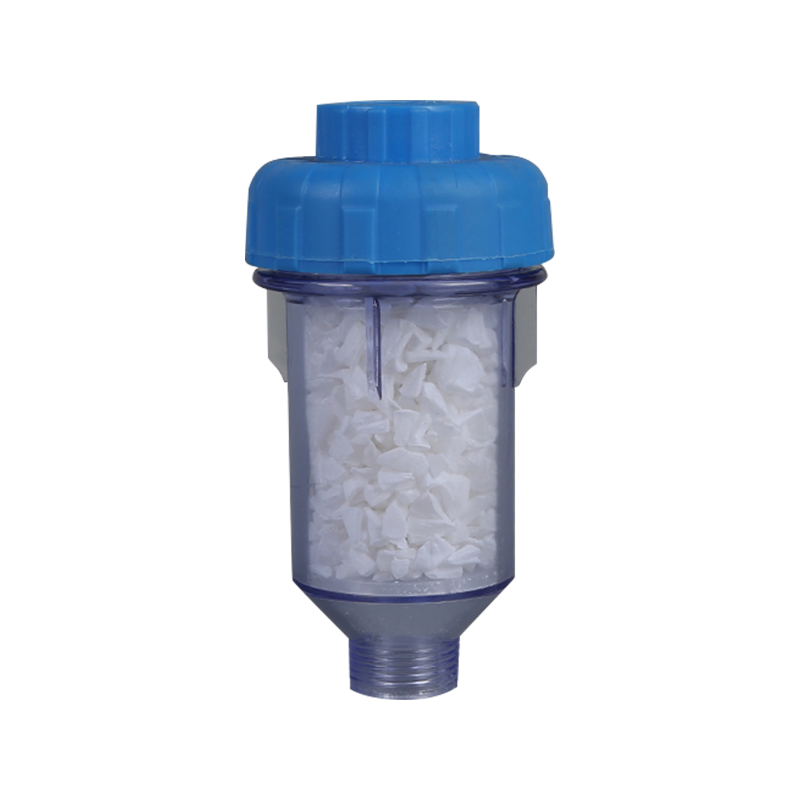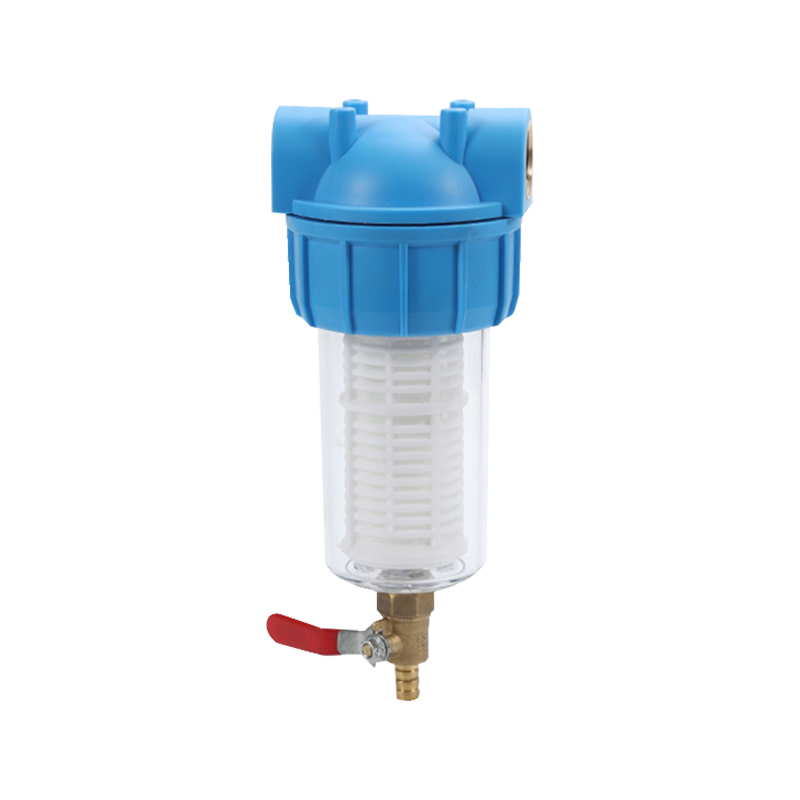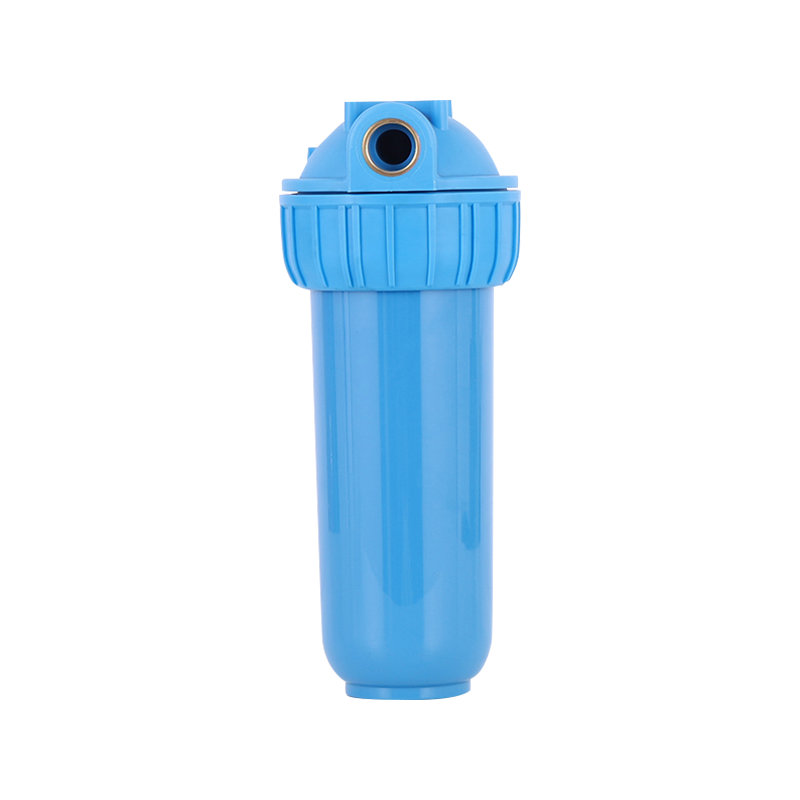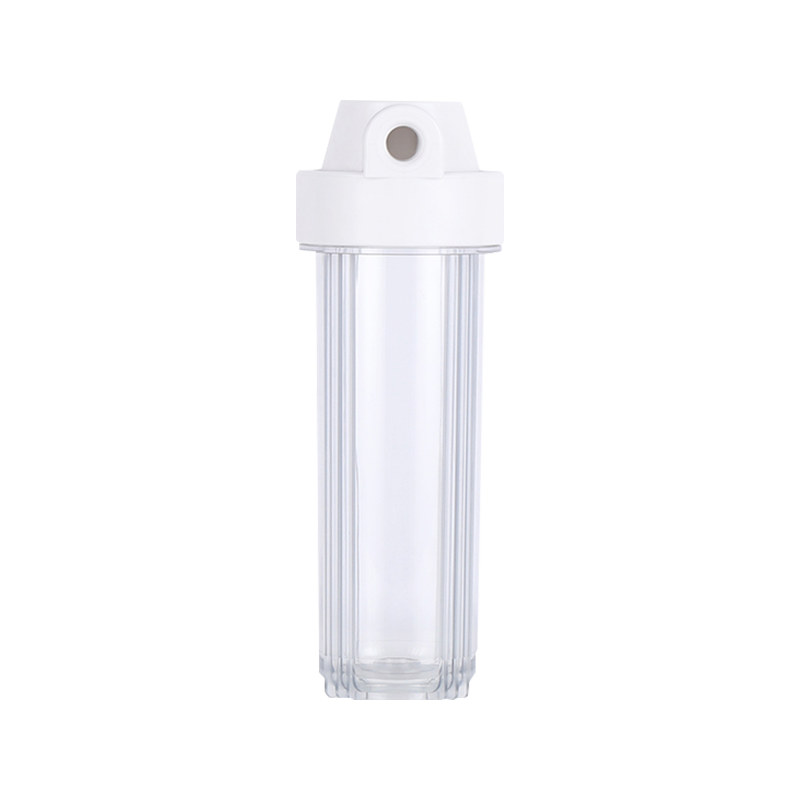The core highlight of this filter is its built-in silicone sheet filter layer. As a high-performance elastic material, silicone has high-temperature resistance, aging resistance, corrosion resistance,...
See Details [email protected]
[email protected] +86-18857088392
+86-18857088392 No. 1, Guihua 'an Road, Qinggang Xiaohu Family, Mushan Town, Yuyao , Zhejiang, CHINA
No. 1, Guihua 'an Road, Qinggang Xiaohu Family, Mushan Town, Yuyao , Zhejiang, CHINA
Reverse Osmosis vs. Activated Carbon: Which Water Filter Technology is Best?
Industry News-When it comes to choosing a water filtration technology, consumers often find themselves debating between Reverse Osmosis (RO) and Activated Carbon (AC) filters. Both technologies have unique advantages and specific applications, and understanding their differences can help you make the best decision based on your needs.

1. Overview of Reverse Osmosis Technology (RO)
Reverse Osmosis (RO) is a filtration process that uses a semi-permeable membrane to separate dissolved substances, such as minerals, heavy metals, and bacteria, from water. RO systems work through multiple stages of filtration, progressively removing harmful contaminants to provide purified water.
How Reverse Osmosis Works
The core of the reverse osmosis process is the semi-permeable membrane, which allows only water molecules to pass through while blocking most dissolved substances, including bacteria, viruses, and chemical pollutants. A typical RO system consists of several stages, including pre-filters (often activated carbon), the reverse osmosis membrane, and post-filters, to provide nearly pure water.
2. Overview of Activated Carbon Filtration Technology
Activated carbon is a porous material with a large surface area, making it effective at adsorbing harmful substances from water. Activated carbon filters are commonly used to remove chlorine, odors, and organic pollutants from water. While they cannot remove dissolved minerals or bacteria, they are highly effective in improving the taste and smell of water.
How Activated Carbon Works
Activated carbon filters work by adsorbing organic substances, chlorine, odors, and some chemicals from the water. However, activated carbon does not effectively remove heavy metals, bacteria, or viruses. Therefore, it is best suited for improving taste and removing some impurities from the water, but not for complete water purification.
3. Filtration Effectiveness Comparison
Reverse Osmosis Filtration Effectiveness
Reverse osmosis systems offer extremely high filtration precision and are capable of removing a wide range of contaminants, including:
- Heavy metals: such as lead, arsenic, mercury, etc.;
- Organic compounds: such as pesticide and fertilizer residues;
- Bacteria and viruses: the RO membrane blocks bacteria, viruses, and other microorganisms;
- Dissolved substances: such as minerals, salts, etc.
RO technology provides almost completely purified water, making it ideal for users who require highly purified water.
Activated Carbon Filtration Effectiveness
In contrast, activated carbon filters are highly effective at removing:
- Chlorine
- Volatile Organic Compounds (VOCs)
- Odors
However, activated carbon filters are limited in their ability to remove heavy metals, bacteria, and viruses, which means they are more suitable for improving taste and removing chlorine and other organic contaminants rather than providing comprehensive purification.
| Filtration Technology | Removal Effectiveness | Suitable Applications |
|---|---|---|
| Reverse Osmosis (RO) | Removes heavy metals, bacteria, dissolved substances | High water quality, health-conscious users |
| Activated Carbon | Removes chlorine, odors, organic substances | Taste improvement, clean water sources |
4. Suitable Applications Comparison
Suitable Applications for Reverse Osmosis
Reverse osmosis technology is best suited for areas where water contamination is high, and the water contains a significant amount of harmful substances such as heavy metals, chemicals, and bacteria. If you live in an area with polluted water sources or need extremely purified water for drinking or cooking, an RO system will provide better water quality assurance. It is ideal for households that require very clean, healthy water.
Suitable Applications for Activated Carbon
Activated carbon filters, on the other hand, are more suitable for areas where the water quality is relatively clean. They are ideal for improving the taste of water and removing chlorine or other organic contaminants. If your primary concern is the taste and odor of water and your water supply is generally safe, an activated carbon filter will be a more affordable and effective solution.
5. Cost and Maintenance Comparison
Cost and Maintenance of Reverse Osmosis
Reverse osmosis systems have higher initial costs due to the complexity of installation and the price of the equipment. Additionally, RO systems require regular replacement of the filtration membrane and other filters. RO systems typically waste more water, with a ratio of 3-4 gallons of waste water for every 1 gallon of filtered water. As a result, the maintenance cost is relatively high, but the filtration performance and water quality protection are worth the investment.
Cost and Maintenance of Activated Carbon
Activated carbon filters are relatively inexpensive to purchase and maintain. The installation is simple, and the filter replacement costs are lower compared to RO systems. Typically, activated carbon filters need to be replaced every 3 to 6 months, depending on the water quality and usage frequency. Activated carbon filters do not produce wastewater, making them more cost-effective and easy to maintain.
6. Taste and Health Considerations
Taste and Health Impact of Reverse Osmosis Water
Since reverse osmosis systems remove most of the minerals in the water, the water produced by RO systems tends to be flat and lacks mineral taste. Long-term consumption of RO water may lead to a deficiency in some essential minerals like calcium and magnesium. However, many RO systems include a post-mineralization filter to replenish beneficial minerals and improve the taste and health benefits of the water.
Taste and Health Impact of Activated Carbon Water
Activated carbon filters effectively remove chlorine and odors, resulting in cleaner, fresher-tasting water. Since activated carbon filters do not remove minerals, the water maintains a more natural, pleasant taste. This makes activated carbon filters ideal for everyday drinking and cooking. For most households, the water quality provided by activated carbon filters is already adequate and does not affect the nutritional content of the water.
7. Which Technology Is Best for You?
| Filtration Technology | Best For | Pros | Cons |
|---|---|---|---|
| Reverse Osmosis (RO) | Those needing ultra-pure water, health-conscious users | High removal of contaminants, pure water | High initial cost, wastewater generation |
| Activated Carbon | Those mainly concerned with taste and odor improvement | Affordable, easy maintenance | Limited removal of contaminants |
Reasons to Choose Reverse Osmosis:
If you live in an area with high water pollution or your water contains harmful substances such as heavy metals, bacteria, or viruses, reverse osmosis technology is the better option. It provides highly purified water that ensures the safety and health of your family.
Reasons to Choose Activated Carbon:
If you are mainly concerned with improving the taste and smell of your water, and your water source is generally clean, an activated carbon filter is a cost-effective and practical solution. It can remove chlorine and some organic contaminants while preserving the beneficial minerals in the water.
The choice between RO and activated carbon filters ultimately depends on your specific needs and budget. We hope this comparison helps you understand the differences between the two technologies and make an informed decision. If you have any further questions or are interested in other water filtration technologies, feel free to ask!

 English
English русский
русский Español
Español عربى
عربى 中文简体
中文简体
 >
> >
> >
> >
> >
> >
> >
> >
>
